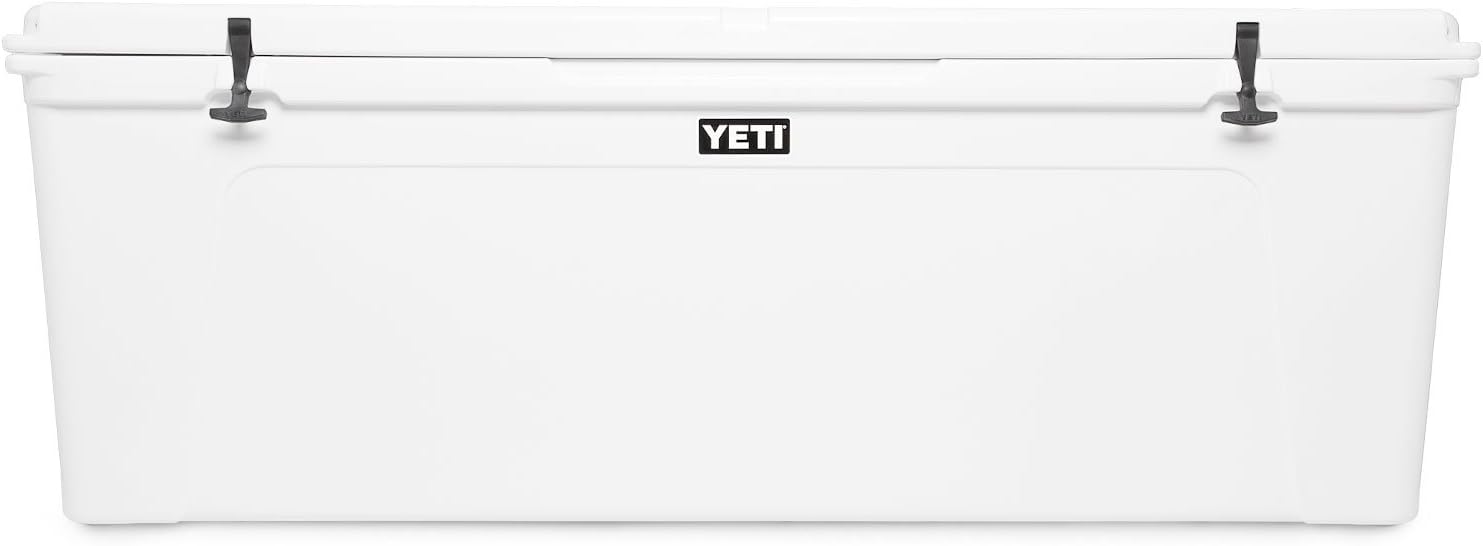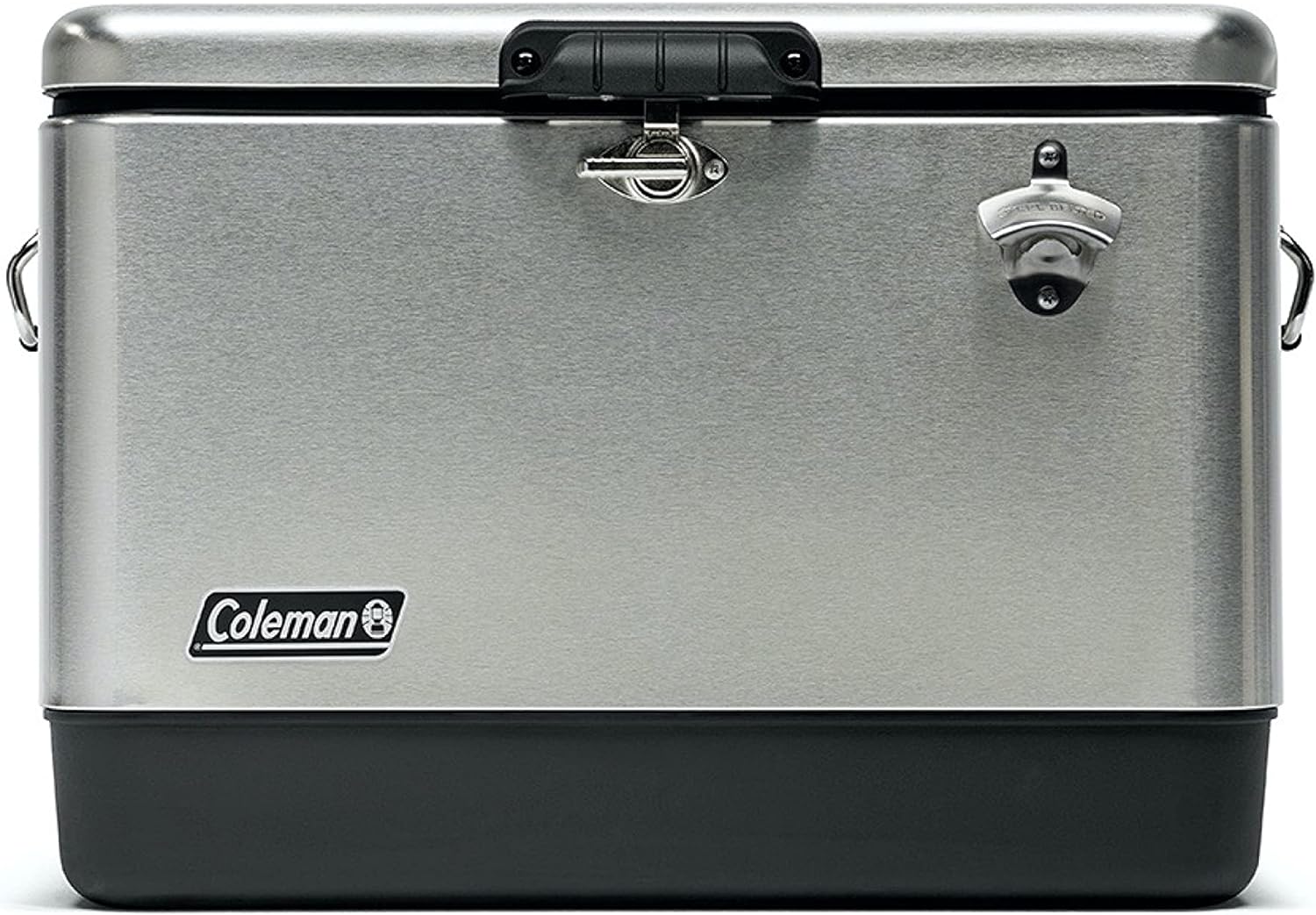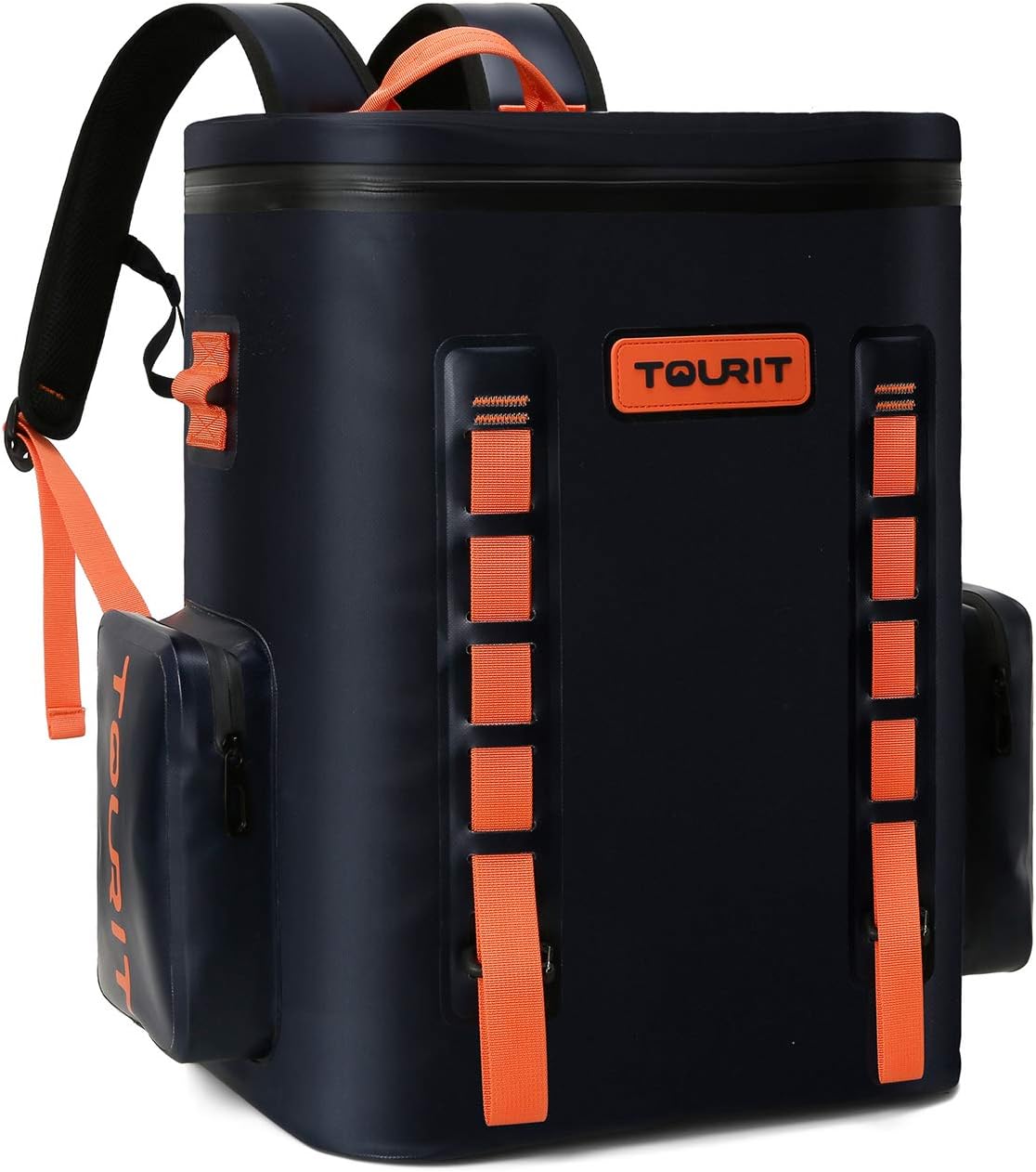Do you ever wonder what to wear under a wetsuit?
A wetsuit is a type of neoprene suit used for swimming.
It is designed to keep water out while allowing heat to escape.
If you are planning on spending time in the ocean, then you should definitely invest in a quality wetsuit.
This blog post is about the different types of wetsuits and how to choose the right one for you.
Firstly, Does Your Wetsuit Fit Properly?
Wetsuits are designed to fit snugly around your body. This helps prevent cold air from entering your suit and keeping you warm. It also prevents water from getting into your suit and causing it to get wet. A good wetsuit should feel comfortable against your skin. If it does not feel right, try another brand or style. Secondly, Do You Have Enough Clothing On? Answer: If you are wearing a wetsuit under clothing, you need to wear enough layers of clothing underneath to keep you warm. If you are swimming in the ocean, you will probably be fine if you only wear a wetsuit and a T-shirt. However, if you are planning on spending a long time in the water, you should wear a full wetsuit, even if you are only going to be in the water for a short period of time.
Thermal Rash Vest
A thermal rash vest is a great way to stay warm while you are outside. These vests are usually worn by people who spend a lot of time outdoors. They are very useful when you are working in extreme temperatures. They are also used by people who go skiing and snowboarding. Thermal rash vests help protect you from the cold weather. They are available in different sizes and colors.
Hooded Vest
Thermal vests are designed to provide warmth to the wearer. They are usually made of neoprene material. It helps to keep the body warm during winter. A hooded thermal vest is a type of thermal vest that covers the neck area. This type of vest provides protection against wind chill. It keeps the wearer warm even if he/she is exposed to the elements. It is also called a balaclava because it resembles a balaclava. Hooded thermal vests are popular among skiers and snowboarders.
Neoprene Swimwear
Neoprene swimsuits are very comfortable and easy to wear. They are perfect for swimming, surfing, diving, snorkeling, and other activities where comfort is important. Neoprene suits are available in many different styles and colors. They are made from stretchy rubberized fabric that allows freedom of movement while providing maximum support. They are extremely durable and long lasting. Warmth
Polyester Long Johns and Socks
Polyester long johns are great for keeping warm during cold weather. They are lightweight and breathable. They are designed to fit snugly against the body and provide warmth. They are usually made from polyester material and are available in various sizes. They are ideal for outdoor activities such as camping, hiking, fishing, hunting, skiing, snowboarding, and any other activity that involves being outdoors. They are also useful for indoor activities such as playing sports, working outside, and gardening.
Reusable Instant Heat Packs
Instant heat packs are used for heating up cold drinks, hot tea, coffee, soup, and many other beverages. They are very convenient because they can be heated up quickly and easily. They are reusable and can be recharged using a USB port. They are also safe to use since they are not flammable. They are easy to carry around and store. They are also inexpensive compared to electric blankets.
Battery Operated Heated Vests
Heated vests are designed to provide warmth to people who are outdoors during winter months. These vests are usually worn by construction workers, firemen, police officers, and others who spend long hours outside. They are available in different sizes and colors. They are also equipped with pockets where you can put your cell phone, keys, wallet, and other personal items. They are lightweight and compact and can be carried anywhere. They are also affordable and easy to operate.
Wear a Hoodie, Gloves and Booties For Extra Warmth
A hooded jacket is a great way to stay warm while working outside. It keeps you warm even if the weather is cold. A hooded jacket is very useful because it covers your face and neck area. This helps to protect you from the wind and rain. It also protects you from the sun. A hooded jacket can be used as a blanket when you are camping. It is also useful for keeping your hands warm. Gloves are another good option for staying warm. They help to keep your fingers warm. Boots are also a good choice for staying warm. They keep your feet warm and dry.
Pour Hot Water Into Your Suit Before Going In The Water
If you are planning to go swimming in the sea, it is important to wear a wet suit. Wet suits are designed to keep you warm and safe. Wearing a wet suit is not only comfortable but also saves you from getting scalded. Wet suits are available in different sizes. Choose a suit that fits properly. Make sure that the suit does not restrict movement. Do not forget to put on your goggles and flippers. These accessories will ensure safety during diving.
Consider a Thicker Wetsuit or Drysuit
A wetsuit is a type of swimwear worn while swimming. It provides protection against cold water. A wetsuit is usually made of neoprene rubber. It is very popular among surfers and swimmers. It is also used by divers.
How do you soften a wetsuit?
Wetsuits are great for keeping you warm while swimming but if you are not using it correctly, you could end up freezing. Wetsuits are designed to trap air between the skin and the suit. This helps insulate you from the cold water. But if you are not wearing enough layers underneath your wetsuit, you could get wetter than you intended. It is important to wear a hat, gloves, socks, and shoes under your wetsuit. Also, make sure you are wearing the right size wetsuit. A wetsuit that fits properly will help keep you warmer longer.
How cold is too cold for a wetsuit?
Wetsuits are designed to keep you warm while swimming in cold waters. Wetsuits are usually made from neoprene, a synthetic rubber material. Neoprene is stretchy and flexible, but not elastic. It does not stretch back into shape after being stretched. This property allows neoprene to retain heat very well. However, if the suit gets wet, the heat transfer properties of the neoprene decrease significantly. A wetsuit is only effective in keeping you warm if it stays dry. Therefore, it is important to wear a waterproof outer layer such as a raincoat or jacket.
What would insulate a wetsuit?
Wetsuits are usually made from neoprene rubber, which is very stretchy and flexible. It is designed to provide warmth and protection against cold waters. Wetsuits are worn by surfers and divers to help them stay warm while surfing or diving. However, the material used to make wetsuits is not waterproof. This means that if you get wet, you will lose your wetsuit. To prevent this from happening, you can wear a drysuit underneath your wetsuit. A drysuit is a jacket that covers your whole body except for your hands and feet. It keeps you warm even if you get wet. Drysuits are usually made from nylon and polyester. They are easy to put on and take off. They are also comfortable to wear. So how do you know what type of wetsuit to buy? First, check the brand name. If the brand name says “dry suit”, then it is a drysuit. Next, look at the thickness of the material. Neoprene is thicker than other materials. Finally, look at the color. Darker colors absorb more heat. If you choose a dark colored wetsuit, it will keep you warmer.
How do you make a 3 2 wetsuit warmer?
Wetsuits are very important for surfing and other activities where you need to stay warm. Wetsuits are usually made from neoprene rubber, but if you want to make your own wetsuit warmer you can use any material that keeps your body warm. For instance, you can use a blanket or even a sleeping bag. To make a wetsuit warmer you need to cut a hole in the middle of the wetsuit and put a piece of cloth or plastic sheet between the two holes. Then you can wrap the whole thing around your waist and pull it tightly. This way you will be able to keep yourself warm while wearing a wetsuit.
How can I make my wetsuit warmer?
Wetsuits are designed to provide warmth and protection from cold waters. Wetsuits are made of neoprene material and are usually worn by surfers and divers. A wetsuit is made of two layers of neoprene material sewn together. One layer is thicker than the other. This allows the suit to fit snugly around the body. It provides insulation against cold temperatures. The outer layer is thinner than the inner layer. This allows the suit’s flexibility and mobility. The thickness of the suit depends on the activity being performed. For instance, a surfer needs a thick wetsuit because he/she spends long periods of time in the water. Divers need a thin wetsuit because they spend only short periods of time underwater. The suit protects the skin from the sun and helps prevent hypothermia.
What temperature is too cold for a wetsuit?
Wetsuits are designed to keep you warm while swimming in freezing waters. Wetsuits are usually made from neoprene rubber, which is stretchy and waterproof. Neoprene is naturally resistant to cold temperatures, but if you wear a wet suit in extremely cold weather, you could get hypothermia. Hypothermia occurs when your body loses heat faster than it can produce it. Symptoms of hypothermia include shivering, slurred speech, confusion, and even unconsciousness. To avoid hypothermia, wear a wetsuit only in very cold water. Wear a dry suit instead of a wetsuit if you expect to stay in the water longer than 30 minutes. A dry suit keeps you warmer because it traps air between your skin and the neoprene material.
How can I improve my wetsuit warmth?
Wetsuits are great for surfing but not for swimming. Wetsuits are designed to keep surfers warm while riding waves. A wetsuit is usually made from neoprene rubber, a synthetic material that keeps water away from the skin. It is important to know how to properly care for a wetsuit to prevent damage. To help prevent damage to your wetsuit, follow these steps: 1 Always wear a life jacket when wearing a wetsuit 2 Do not wear a wetsuit if you are cold 3 Never leave a wet suit outside 4 Store a wetsuit in a dry place 5 Do not store a wet suit in direct sunlight 6 Do not put a wet suit in the washing machine 7 Do not wring a wet suit 8 Do not hang a wet suit 9 Do not expose a wet suit to extreme temperatures 10 Do not let children play with a wet suit 11 Do not submerge









